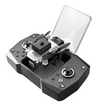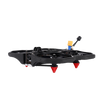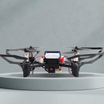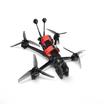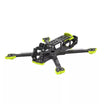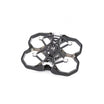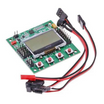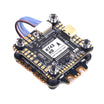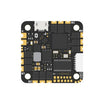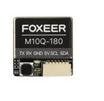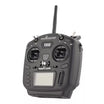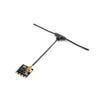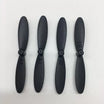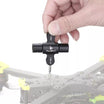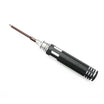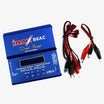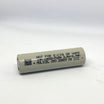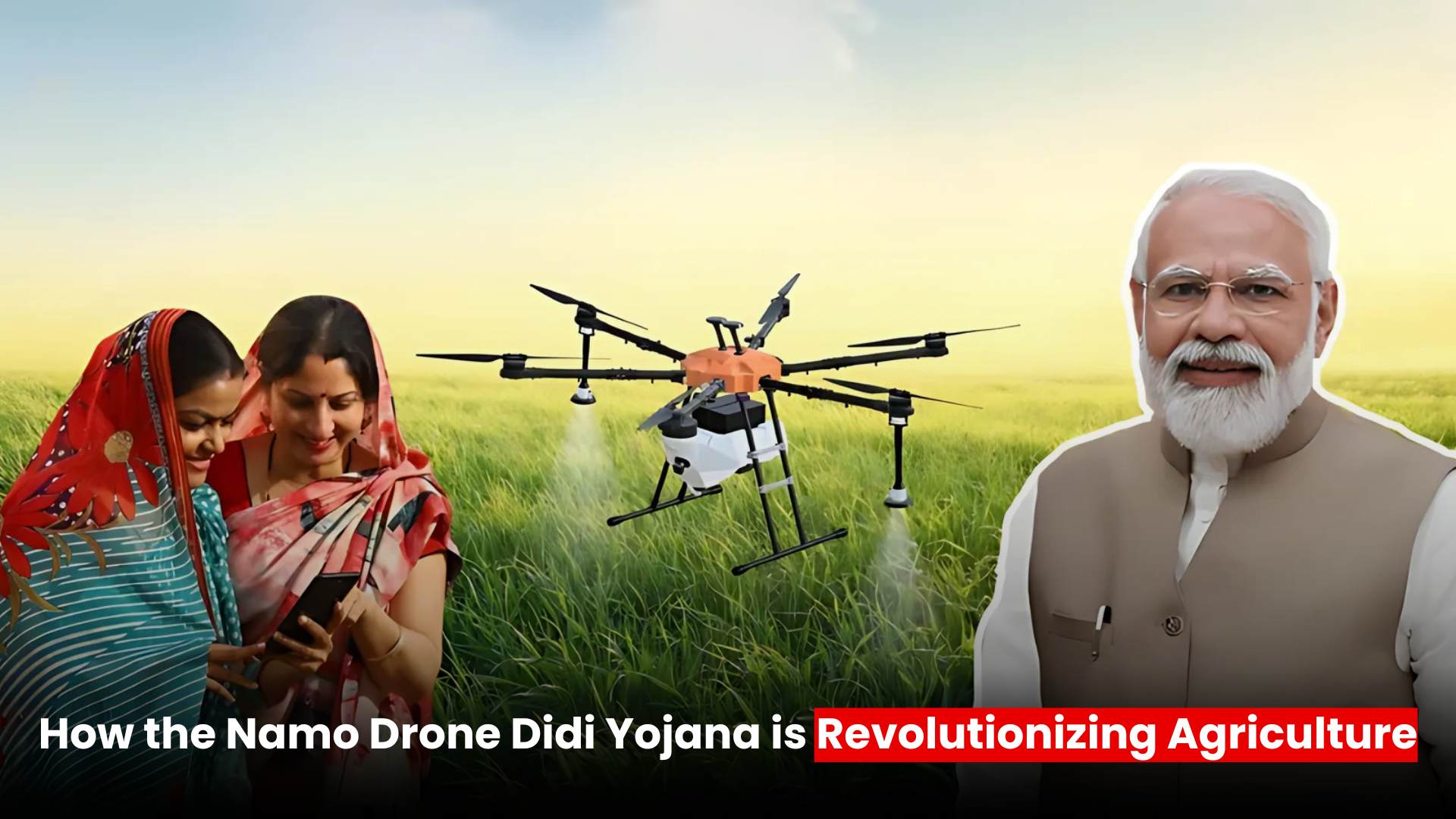Drones have transformed the way we see the world. Whether it’s capturing breathtaking aerial shots, monitoring vast agricultural lands, or providing critical surveillance in high-risk zones, drones have become indispensable.
However, one limitation has always held them back—battery life. Most commercial drones can barely stay in the air for 30 to 40 minutes before needing a recharge. If you’ve ever wished for a drone that could fly for hours, even days, without interruption, tethered drones might be the answer.
What Are Tethered Drones?
Imagine a drone that never has to land because it’s connected to a power source on the ground. That’s exactly what a tethered drone is. Unlike traditional drones that rely solely on onboard batteries, tethered drones are connected to a ground station through a power cable.
This thin yet powerful tether supplies a continuous stream of electricity, allowing the drone to stay airborne indefinitely—or at least as long as required.
But power supply isn’t the only advantage. This tether also provides a secure data connection, eliminating the risks of signal interference or hacking, which are common in wireless drone operations.
Also read: How drones are transforming defence and security in India.
Why Battery Limitations Are Holding Drones Back
Ask any drone pilot or industry expert, and they’ll tell you that the biggest frustration is limited battery life. You’re in the middle of a perfect shot, monitoring a crowded event, or scanning a construction site, and suddenly, you get the dreaded low battery warning. Then comes the hassle of landing, swapping batteries, and taking off again—wasting time and breaking workflow.
Tethered drones completely remove this problem. With a constant power supply, they can operate for hours, if not days, without stopping. That’s a game-changer for industries that rely on long-term aerial monitoring, such as security, defense, and live broadcasting.
How Tethered Drones Are Changing Industries
Security and Surveillance
Security professionals often struggle with keeping an eye on large events, crowded places, or sensitive areas. Traditional CCTV cameras have limited angles, and deploying human personnel everywhere isn’t practical. Tethered drones solve this problem by providing aerial surveillance for as long as needed.
Imagine a music festival, where security teams need a bird’s-eye view of the crowd. A standard drone would need constant battery swaps, leading to blind spots. But a tethered drone can hover indefinitely, sending a constant live feed to security teams, ensuring smooth operations.
Disaster Response
In disaster-hit areas, the need for reliable aerial monitoring is critical. First responders need continuous real-time footage to assess damage, locate survivors, and coordinate rescue operations. Tethered drones provide an uninterrupted aerial view, which can be lifesaving in such high-pressure situations.
For example, during wildfires, tethered drones can hover above the fire lines for hours, helping firefighters track the blaze's movement without worrying about battery life.
Telecommunications and Live Broadcasting
Ever wondered how major events get stunning aerial coverage without any interruptions? Many broadcasters are now using tethered drones to stream live events without worrying about a drone running out of juice mid-broadcast.
In remote areas, tethered drones are also being used to act as temporary cell towers, providing emergency communication networks when regular infrastructure is damaged or unavailable.
Military and Defense
The military has been an early adopter of tethered drone technology. In combat zones, they are used for persistent aerial reconnaissance, offering real-time intelligence without putting pilots at risk. Unlike manned aircraft or even battery-powered drones, these can stay airborne for days, keeping an eye on high-threat areas without interruption.
Also read: India tightens drone regulations: No place for Chinese parts.
Are Tethered Drones the Future of Aerial Technology?
Tethered drones solve the flight-time problem, but they aren’t perfect. Since they rely on a cable connection, their range is limited to the length of the tether, usually a few hundred feet. This means they can’t fly miles away like traditional drones.
However, when flight duration is the priority—such as in surveillance, broadcasting, or military applications—tethered drones are unmatched. With advancements in ultra-lightweight cables and more efficient power systems, their potential is only growing.
Are Tethered Drones for Everyone?
Not necessarily. If you’re a hobbyist drone flyer looking to capture scenic landscapes or travel footage, a tethered drone won’t give you the mobility you need. But for industries that require uninterrupted aerial presence, this technology is a game-changer.
The idea of a drone with unlimited flight time was once a dream. But with tethered drones, it’s a reality. They might not replace all drones, but in the right scenarios, they are an absolute revolution in aerial technology.
So the next time you see a drone hovering for hours without landing, don’t assume it has a magical battery—chances are, it’s tethered.

